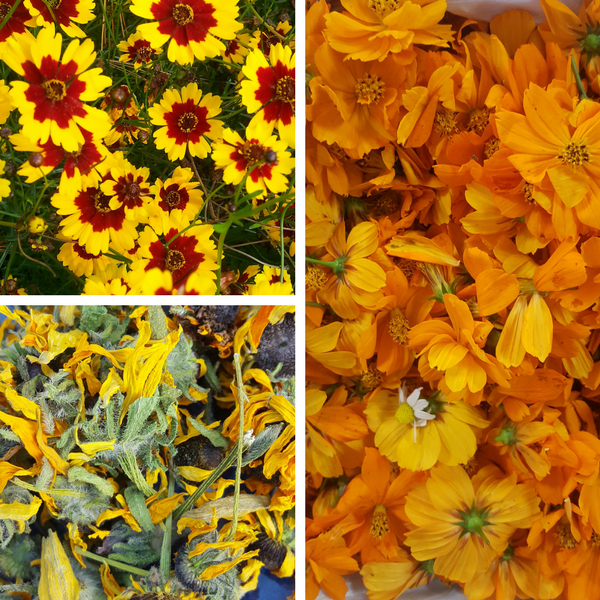
This week’s FEEDBACK FRIDAY was with natural dye artist and educator Natalie Stopka.
Watch the video recording here:
From Natalie (chat box questions answered and more!)
>Clothlet Resources:
- The Materials and Techniques of Medieval Painting by Daniel V. Thompson, 1956.
- An Anonymous 14th Century Treatise De Arte Illuminandi, The Technique of Manuscript Illumination translated by Daniel Varney Thompson, Jr, and George Heard Hamilton, 1933. (full text online)
- Add more alum (and enough alkali to neutralize it) to increase the amount of aluminum hydroxide. This is the colorless, translucent mineral base the dye attaches to
- Add an opaque extender such as calcium carbonate
—
Natalie Stopka is an artist and educator focused on creative processes rooted in the materials and forces of the natural world. Her pursuit of historical surface patterning techniques includes natural dyeing, lake pigment extraction, marbling, and printmaking. These meticulous, layered processes incorporate materials grown in her studio garden in Yonkers, NY, creating a seasonally evolving vocabulary of texture and color. Her botanical palette of lake pigments and indigo is inspired by the recipes of 14th-18th century artists and marblers.
Her upcoming (virtual) Lake Pigment workshop with the Textile Arts Center, introduces participants to lake pigments made from natural dyes. Lake pigments are a great way use every drop of natural color by converting it to a shelf-stable powder. These pigments can be used for making natural paints or pastels, or for split lake dyeing. Students can join in dye extraction and laking in our first remote studio session, then continue to process their pigments over 1-2 hours of independent work during the week. Our second session will focus on sharing our experiments, paint making, and Q+A. Garden and kitchen-foraged colorants are encouraged, or students can opt to purchase a kit of materials at the time of registration.
NEXT WEEK we’ll be talking with Plant Workshop’s Milisa Moses, Botanical Colors’ President Kathy Hattori and Botanical Colors’ Sustainability Director Amy DuFault to review the basics of growing, harvesting and dyeing with your own dye plants. We’ll feature a few of the varieties that we love to grow and show you what colors come from them. Milisa will reprise her guidance for starting your own seeds now and Kathy and Amy will have dye flowers and bundle and immersion dye techniques. We’ll leave lots of time for questions!
RSVP here.
FEEDBACK FRIDAY
If you are not familiar with FEEDBACK FRIDAY, every week, we speak with dyers, artists, scientists and scholars about our favorite topic, natural dyeing and color. Curated by Amy DuFault, Botanical Colors’ Sustainability Director and presented by Botanical Colors’ Founder Kathy Hattori.
We even have our own theme song thanks to musician (and Amy’s husband) Jimmie Snider!

